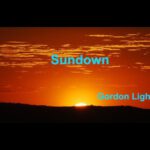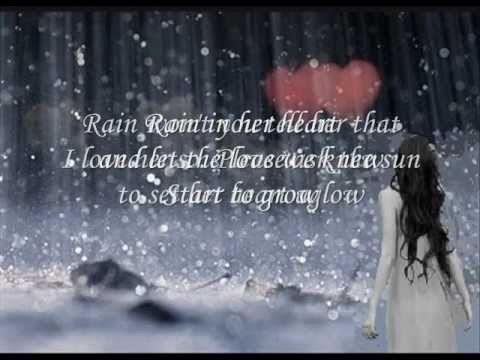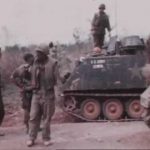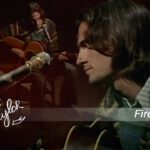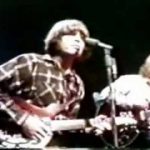Early Morning Rain – Gordon Lightfoot (Live)
Gordon Lightfoot – Early Morning Rain (Live in Chicago – 1979)
“Early Morning Rain” by Gordon Lightfoot is one of the most iconic songs in Canadian folk music, written and first recorded in 1964. The song paints a vivid, melancholy picture of loneliness and longing, set against the backdrop of an airport runway at dawn. Lightfoot uses the imagery of planes taking off into the early morning sky as a metaphor for freedom and escape — something the narrator deeply yearns for but cannot have. He’s a man stranded, perhaps emotionally as much as physically, standing in the rain and watching others fly away to places he wishes he could go.
At its core, the song captures the feeling of being left behind. The narrator has no ticket, no place to go, and nothing but the clothes on his back. He’s a traveler without direction, watching the jets climb through the clouds while he remains grounded. The rain, the chill, and the early morning light combine to create a sense of emptiness and quiet despair — but also a subtle beauty. Lightfoot’s storytelling is so detailed and cinematic that listeners can almost feel the mist on their face and hear the engines roar in the distance.
Musically, “Early Morning Rain” blends elements of country, folk, and pop, carried by Lightfoot’s warm, resonant voice and gentle acoustic guitar. Its simplicity makes it timeless — no elaborate production, just emotion and melody. The song’s universal themes of longing, distance, and helplessness have led to numerous covers by artists like Elvis Presley, Bob Dylan, and Peter, Paul and Mary, each interpreting its mood in their own way.
The inspiration for the song came from Lightfoot’s time in Los Angeles, when he was broke and homesick for Canada. Living near the airport, he often watched planes take off, imagining what it would be like to be on one. That image became the emotional seed of “Early Morning Rain.” Through it, Lightfoot turned a moment of personal struggle into a universal reflection on separation and the human need for connection — making it one of the defining songs of his career and of the 1960s folk era.


